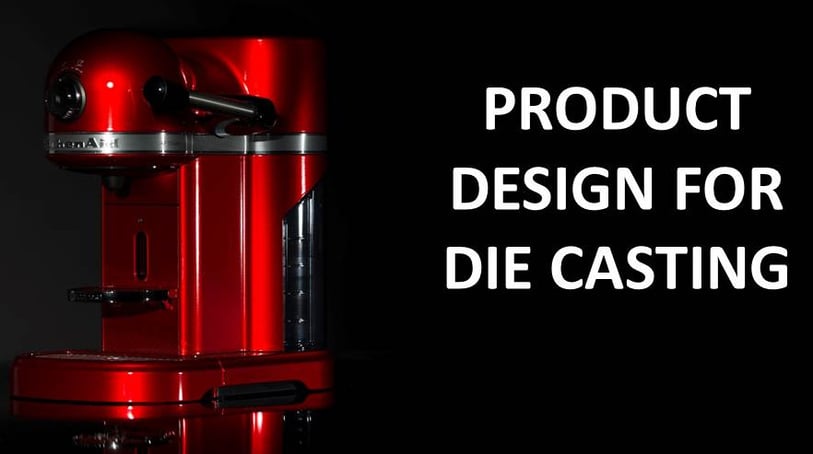As winner of numerous international awards, Bruschi Spa is known for its innovative approach in design and technology. We are glad to share our insights and experiences with the industry members.
The correct approach to product design for die casting
For a correct approach to product design for die casting it is important that every part involved has knowledge of the industrial process. These competences need to be part both of the client and the supplier's technology, to allow a co-design work that can improve the product or the component. In this article we are presenting two different perspectives of zinc die casting technology: product design and process design.

A die casting company which is able to collaborate in the product design phase can avoid shapes and features that would make the manufacture of the mould difficult and expensive, saving time and extra costs thanks to the direct co-design work with the customer.
It is a way for the client to trust experts, to optimize all the different variables that are linked to costs and lead time.
Product design in zinc die casting technology
A knowledge of the material reactions in every phase of zinc die casting process is very important to optimize it.
First of all it is fundamental to consider that die casting involves a mixture of air and material.
There are two main general issues that can arise during the manufacturing and can be avoided with the optimization of product design for die casting: turbulence and shrinkage porosity.
Turbulence in zinc die casting
Turbulence is an irregular variation in the speed and direction of flows throughout the liquid metal during the casting phase. The random impacts caused by this phenomenon and amplified by the melted metal high density lead to mould erosion. Turbulence can also increase the formation of metal oxides which may cause porosity in the solid casting.
As the zinc alloy cools down very quickly, the filling of the cavity must be achieved in a very short time, in the order of milliseconds.
Shrinkage porosity in zinc die casting
During foundry operations it is important to pay attention to shrinkage porosity. The fast cooling down of the external surfaces compared to the internal temperature variations can lead to the shrinkage porosity phenomenon.
To avoid this defect, you need to create a product with the least difference possible between its shapes, that is why in this phase it's crucial to co-design the component assuring its thickness is uniform .
Going into detail, there are several other variables to be considered during the product design: an expert supplier with know-how in the field and the right tools can organize a co-design activity to optimize the process.
Process design in zinc die casting technology
In the process design phase the focus is on the mould: it is necessary to use the appropriate steel for each part of the mould, and then to concentrate on the structural optimization.
The first point to be analyzed is the design of a mould to ensure it is without sharp edges, neither inside nor outside, then you need to identify parting lines, draft angles, gate areas, overflows, vacuum and ejector position, sliders, and the correct ejection system design.
The temperature reduction system must be studied as well, in order to create the right thermal balance for the fundamental mould efficiency and maintenance.
Optimizing the product design for die casting means to create innovative and creative solutions together with customers.

